JFinal - High-Performance Java MVC
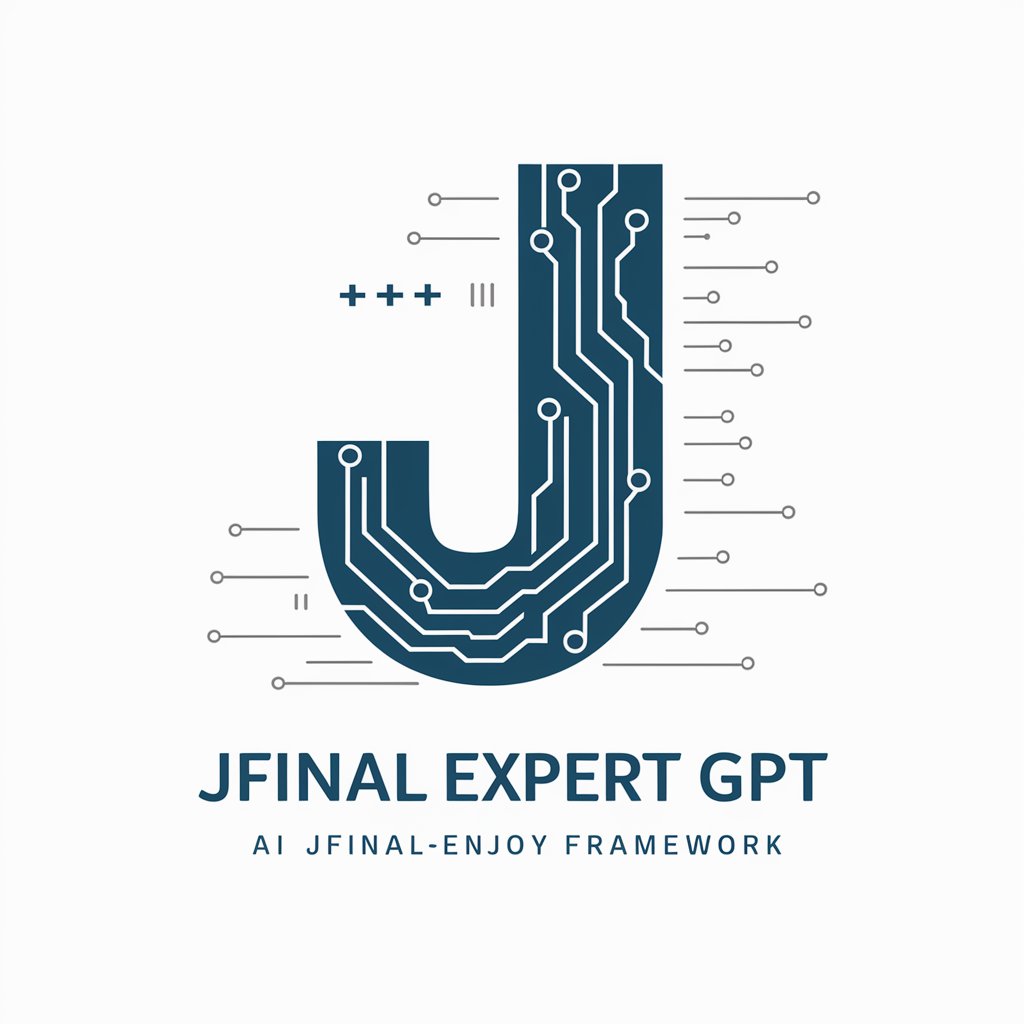
Hello, I'm here to help you with JFinal and Enjoy framework!
Simplify Java Web Development
Explain how to configure a route in the JFinal framework.
Describe the key features of the JFinal-Enjoy framework.
Provide an example of using the Tio framework with JFinal.
What are the best practices for optimizing performance in JFinal?
Get Embed Code
Introduction to JFinal
JFinal is a rapid development framework designed for Java, aiming to simplify the development process by providing a convenient and easy-to-use API. Its design philosophy centers around simplicity, efficiency, and rapid development, allowing developers to focus more on business logic rather than boilerplate code. JFinal utilizes an active record pattern, making database operations straightforward without the need for extensive SQL knowledge. It also features a powerful MVC architecture, ensuring a clear separation of concerns between the model, view, and controller components. A typical scenario illustrating JFinal's effectiveness is in developing web applications where rapid prototyping and development are crucial. With JFinal, developers can quickly set up a project, define routes, and interact with databases using its active record support, significantly speeding up the development cycle. Powered by ChatGPT-4o。

Main Functions Offered by JFinal
Active Record
Example
Using JFinal's active record for database operations simplifies CRUD operations. For example, `new User().set('name', 'JFinal').save();` demonstrates how to create and save a new user record.
Scenario
In a web application managing user profiles, JFinal's active record pattern allows for easy and efficient handling of user data without writing complex SQL queries.
MVC Architecture
Example
Defining a route like `me.add('/hello', HelloController.class);` in the configuration class and creating a corresponding `HelloController` to handle web requests.
Scenario
For a blog platform, JFinal's MVC architecture helps in organizing code related to different functionalities such as user management, post creation, and comment handling into separate controllers.
Dependency Injection
Example
JFinal allows for dependency injection through its `@Inject` annotation, enabling easy integration of service layers or DAOs into controllers.
Scenario
In an e-commerce application, dependency injection facilitates the separation of inventory management, order processing, and payment processing into distinct service layers for cleaner, more manageable code.
Plugin System
Example
Integrating a database connection pool plugin or scheduling tasks using the Cron4j plugin.
Scenario
For a content management system, utilizing plugins for database connection pooling improves application performance, while scheduled tasks can automate content updates and backups.
Ideal Users of JFinal Services
Web Developers
Developers building web applications who seek a framework that offers rapid development capabilities, simplicity in design, and ease of use. JFinal's active record, MVC architecture, and plugin system are particularly beneficial for such developers.
Startups
Startup teams looking to quickly prototype and iterate on their web applications. JFinal's efficient development process allows startups to bring their products to market faster and adapt to user feedback more readily.
Educational Institutions
Instructors and students in computer science or software engineering programs can use JFinal as a teaching tool or for academic projects due to its straightforward approach to web development and database management.

How to Use JFinal
1
Begin your JFinal journey at yeschat.ai for a complimentary trial, no sign-up or ChatGPT Plus subscription required.
2
Install JFinal: Ensure Java and Maven are installed on your system, then add JFinal's Maven dependency to your project's pom.xml file.
3
Configure your application: Create a JFinalConfig subclass to define routes, plugins, and other configurations essential for your application.
4
Develop your application: Utilize Controllers for request handling, Models for database interactions, and Views to render responses.
5
Deploy and run: Deploy your application on a web server like Tomcat or use the integrated Undertow server for development and testing.
Try other advanced and practical GPTs
Vital Guide
Empowering Your Wellness Journey with AI

Treehouse Architect
Bringing Your Treehouse Dreams to Life with AI

PilgrimGPT
Explore diversity with AI-powered imagery.

Score Master
Elevate your content with AI-powered analysis
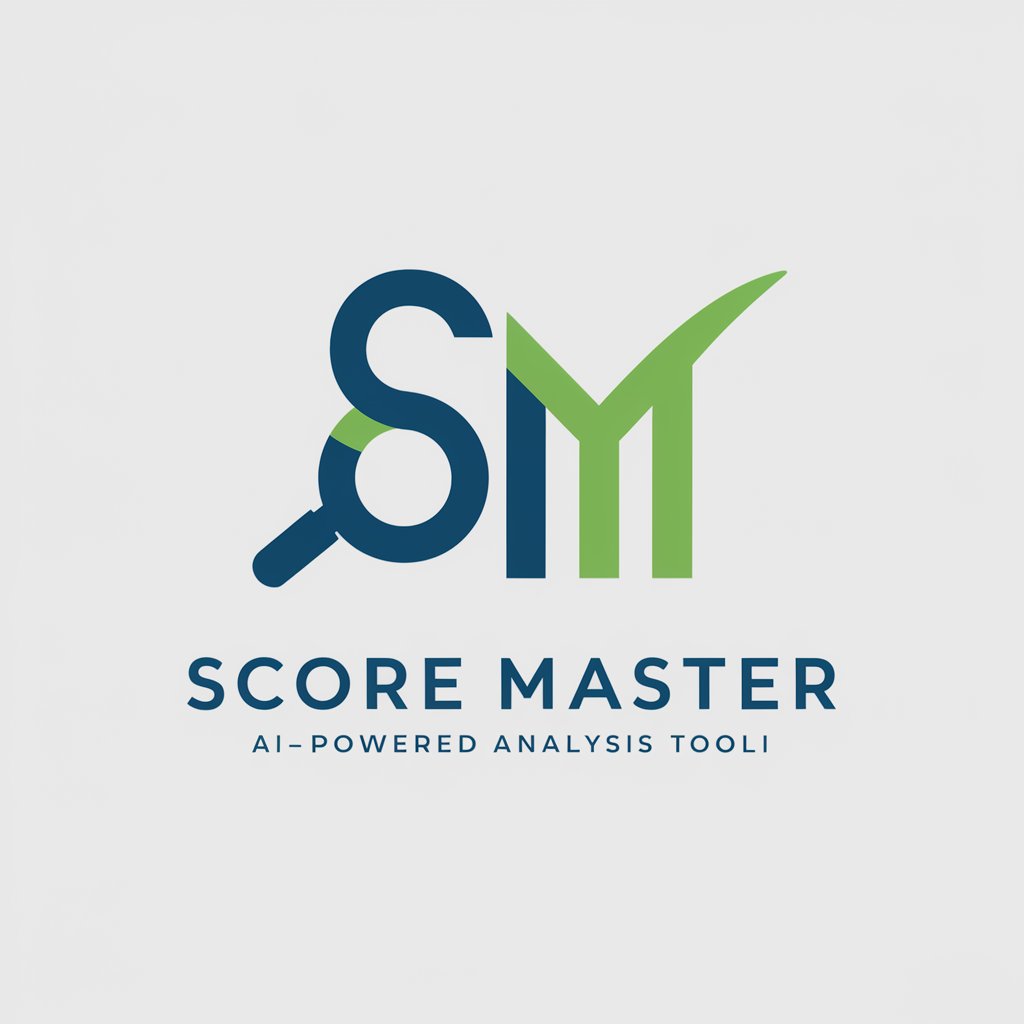
Bullbear Market Mentor
Simulate. Learn. Invest. AI-Powered Stock Market Education.

津軽からのメッセンジャー
Explore AI's future through interactive storytelling.
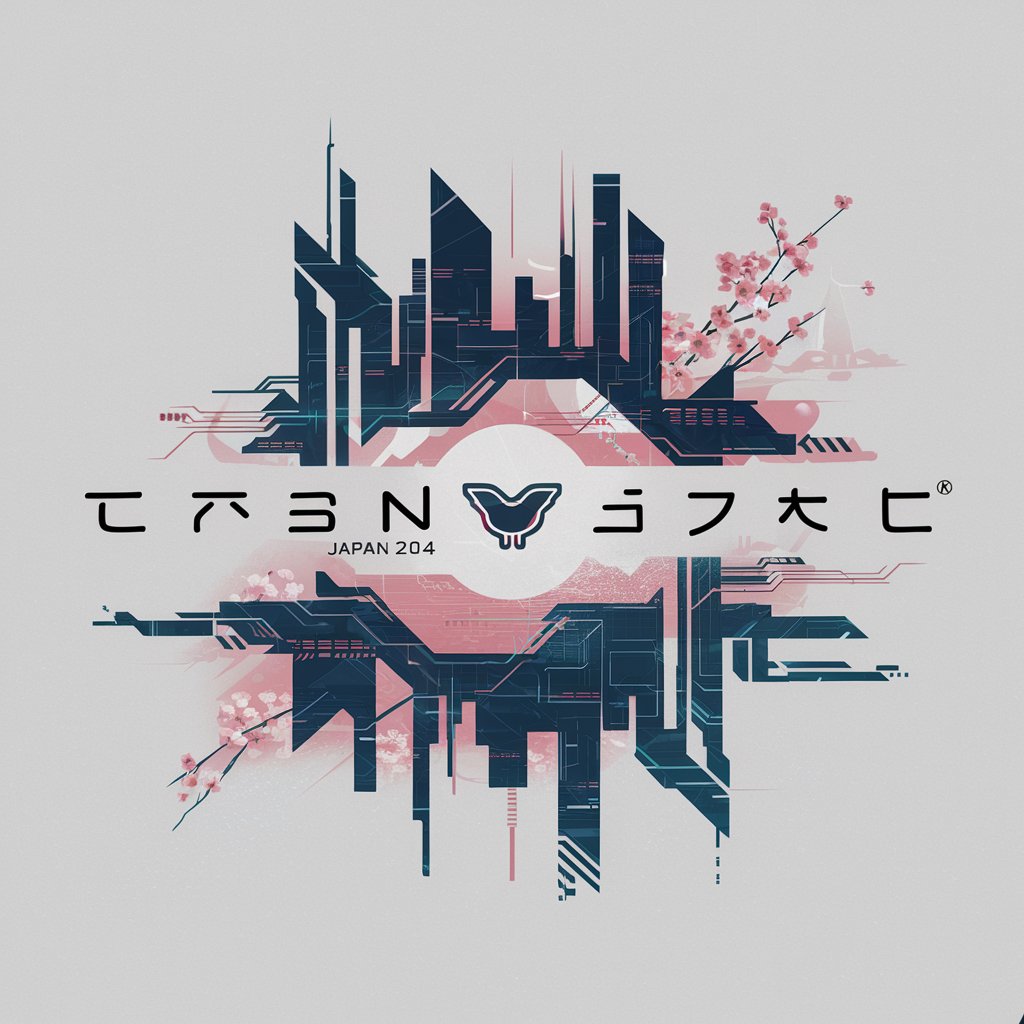
Calligraphy
Transform text into art with AI

How's The Bite
AI-powered Local Fishing Insights

Negotiator
Master negotiations with AI-powered insights
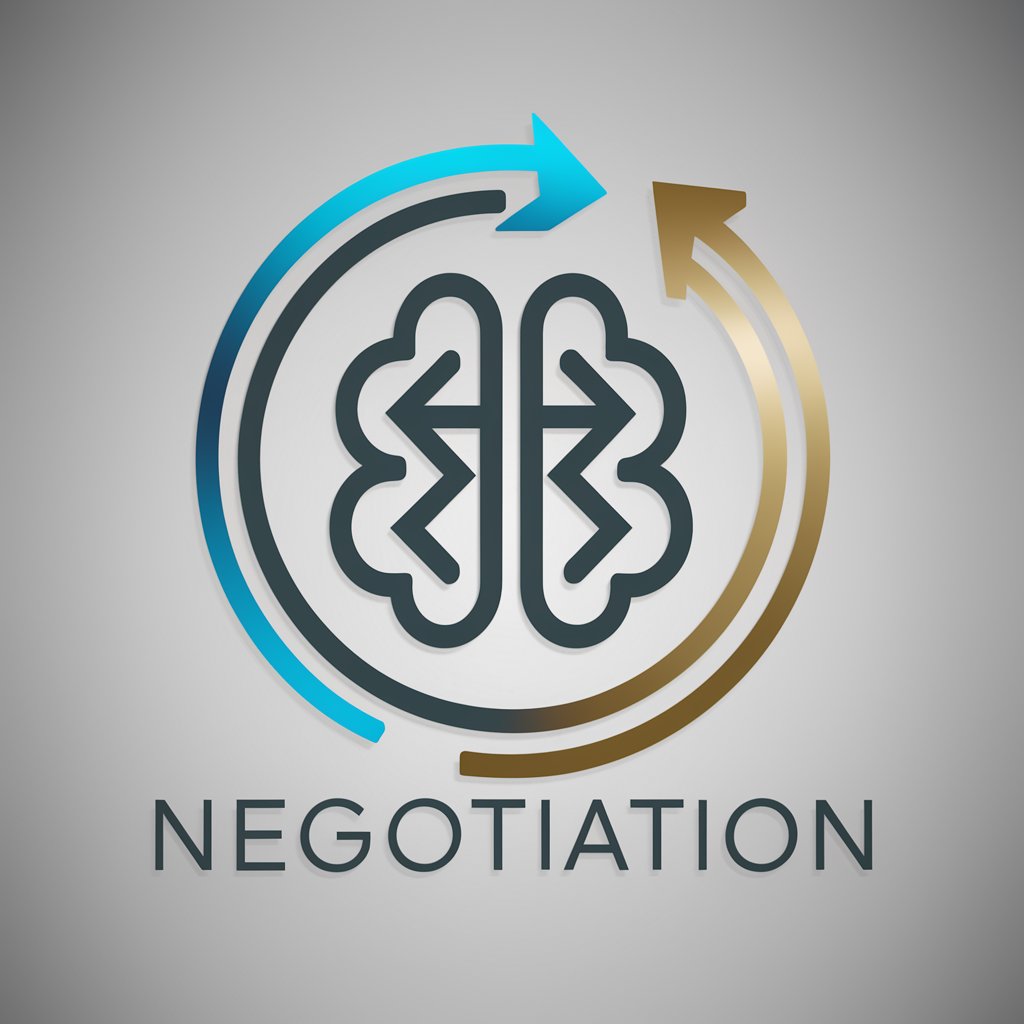
ERTC GPT
Maximizing ERTC Benefits with AI
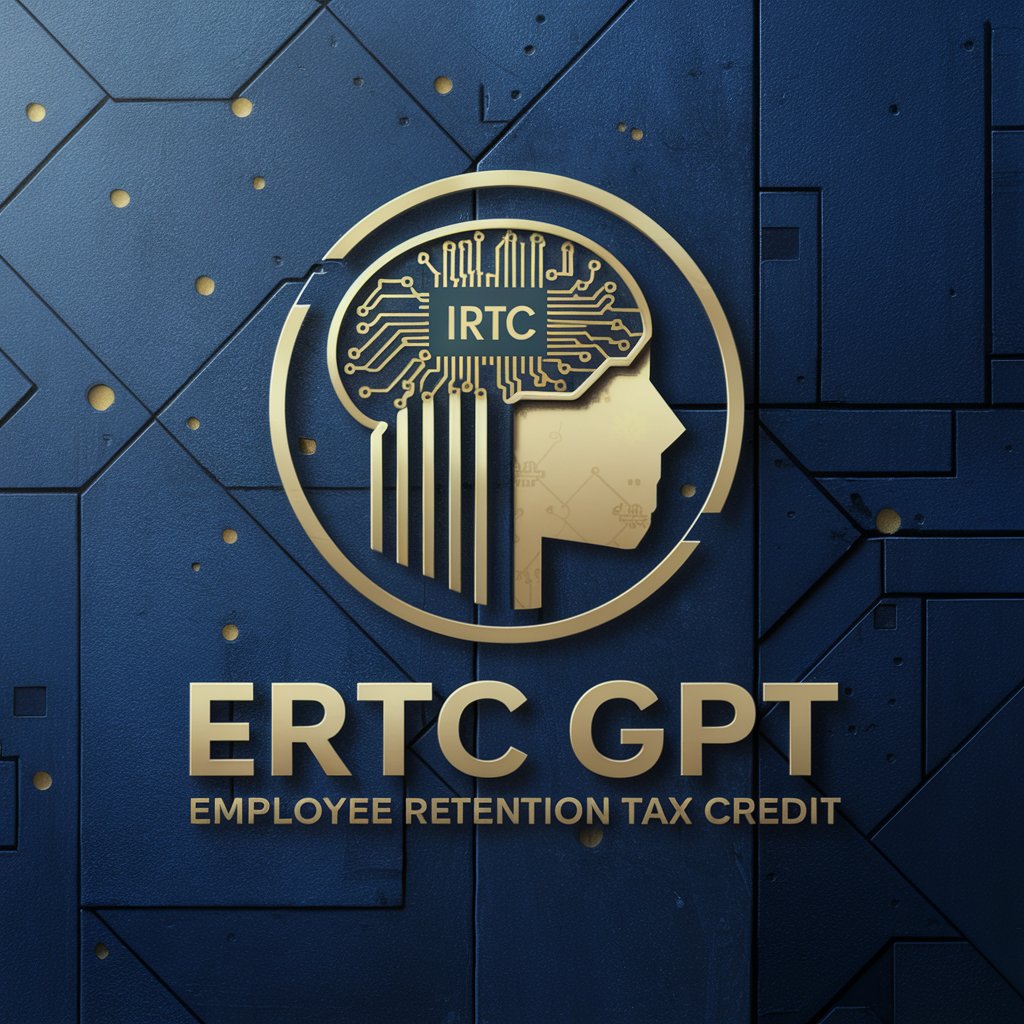
The Last Zombie
Navigate the apocalypse with AI-driven choices.

Bright Minds Academy
Empowering young minds through AI.

JFinal FAQs
What is JFinal?
JFinal is a high-performance Java MVC framework that simplifies the development of web applications by providing a convention over configuration approach.
How does JFinal handle database operations?
JFinal uses an ActiveRecord pattern for database operations, allowing developers to perform CRUD operations without writing SQL queries, directly mapping database tables to Java models.
Can JFinal integrate with other Java frameworks?
Yes, JFinal can be integrated with other Java frameworks and libraries, such as Spring and Hibernate, to leverage additional functionalities and features.
What are JFinal's advantages over other MVC frameworks?
JFinal stands out for its simple configuration, high performance, and rapid development capabilities, offering features like hot reloading and a powerful routing engine.
Is JFinal suitable for large-scale projects?
Absolutely, JFinal's design and performance characteristics make it suitable for both small and large-scale web applications, providing scalability and maintainability.
